at TA = 25°C, AVDD = 5 V, DVDD = 3 V, VREF = 4.096 V (internal), and maximum throughput (unless otherwise noted)
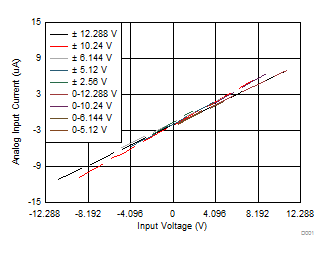 Figure 6-9 Input I-V Characteristic Across Input Ranges
Figure 6-9 Input I-V Characteristic Across Input Ranges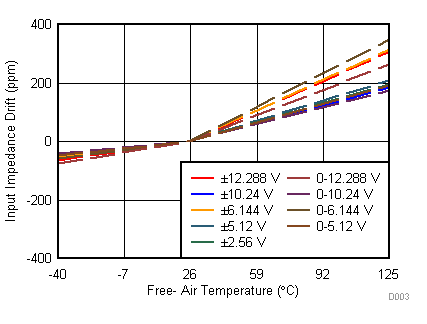 Figure 6-11 Input Impedance Drift vs Temperature
Figure 6-11 Input Impedance Drift vs Temperature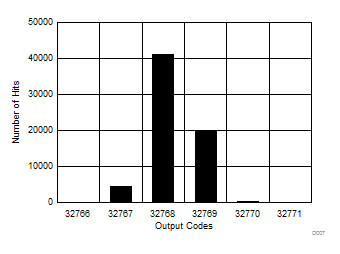
| Mean = 32768.24, sigma = 0.57, input = 0 V |
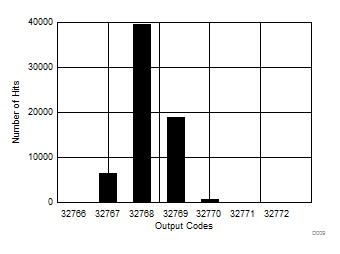
| Mean = 32768.21, sigma = 0.62, input = 0 V |
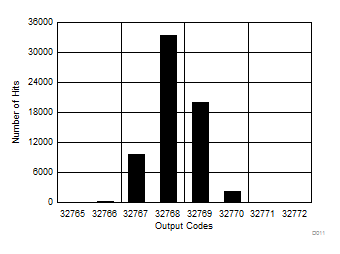
| Mean = 32768.22, sigma = 0.75, input = 0 V |

| Mean = 32768.41, sigma = 0.62, input = 5.12 V |
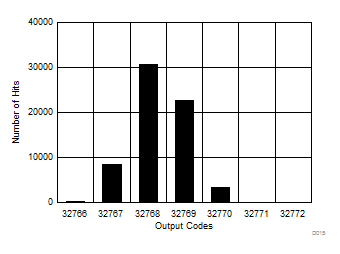
| Mean = 32768.32, sigma = 0.78, input = 2.56 V |
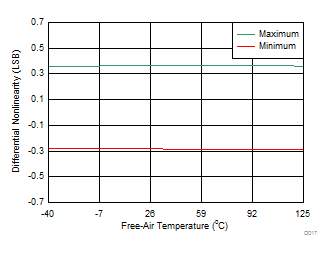 Figure 6-23 DNL vs Temperature
Figure 6-23 DNL vs Temperature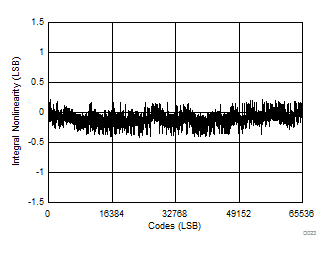 Figure 6-25 Typical INL for All Codes (All Unipolar Ranges)
Figure 6-25 Typical INL for All Codes (All Unipolar Ranges)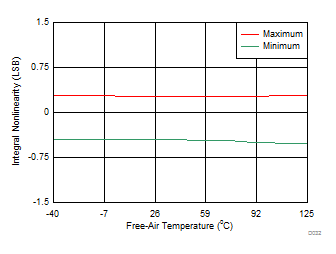 Figure 6-27 INL vs Temperature (All Unipolar Ranges)
Figure 6-27 INL vs Temperature (All Unipolar Ranges)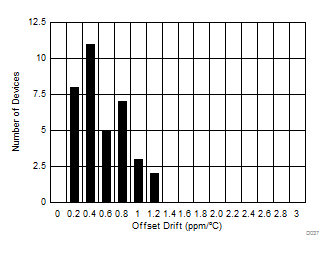 Figure 6-29 Typical Histogram for Offset Drift
Figure 6-29 Typical Histogram for Offset Drift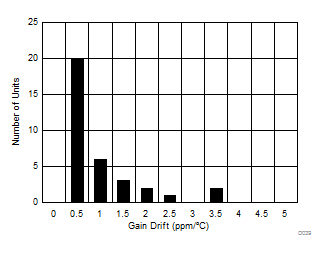 Figure 6-31 Typical Histogram for Gain Error Drift
Figure 6-31 Typical Histogram for Gain Error Drift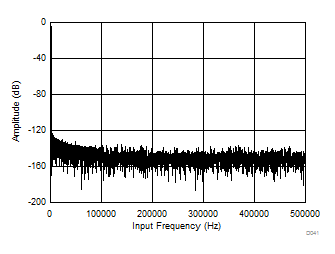
| Number of points = 64k, fIN = 1 kHz |
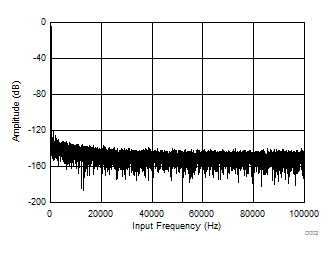
| Number of points = 64k, fIN = 1 kHz |
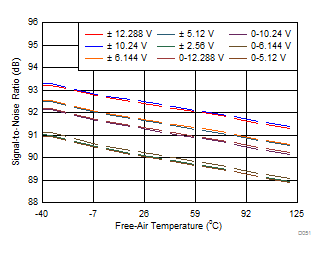 Figure 6-37 SNR vs Temperature
Figure 6-37 SNR vs Temperature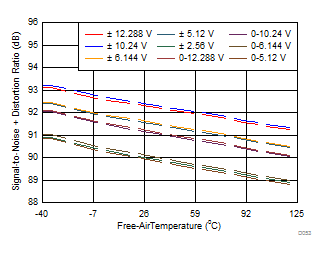 Figure 6-39 SINAD vs Temperature
Figure 6-39 SINAD vs Temperature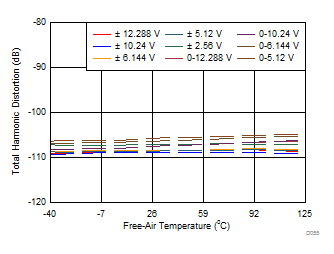 Figure 6-41 THD vs Temperature
Figure 6-41 THD vs Temperature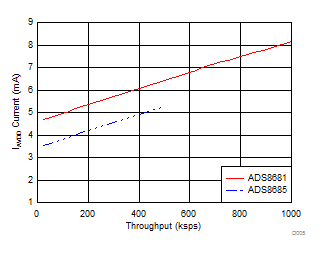 Figure 6-43 AVDD Current vs Throughput
Figure 6-43 AVDD Current vs Throughput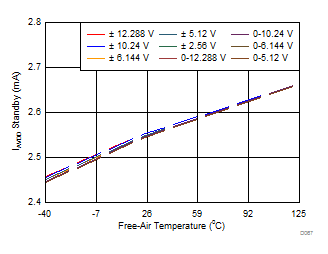 Figure 6-45 AVDD Current vs Temperature (Standby Mode)
Figure 6-45 AVDD Current vs Temperature (Standby Mode)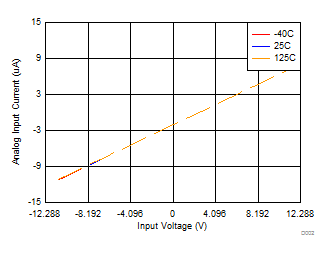 Figure 6-10 Input I-V Characteristic Across Temperature
Figure 6-10 Input I-V Characteristic Across Temperature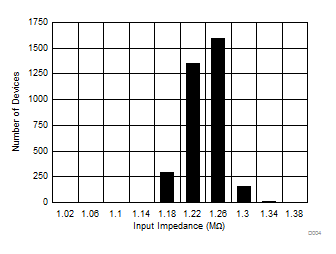 Figure 6-12 Typical Distribution of Input Impedance
Figure 6-12 Typical Distribution of Input Impedance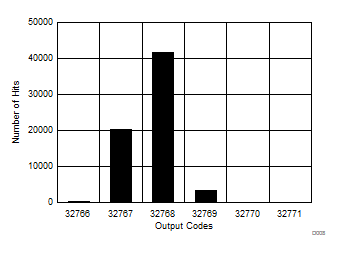
| Mean = 32767.24, sigma = 0.56, input = 0 V |
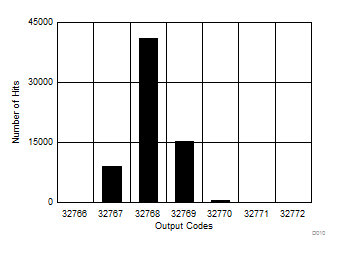
| Mean = 32768.11, sigma = 0.62, input = 0 V |
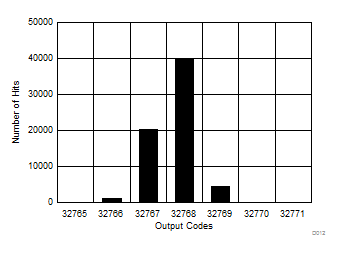
| Mean = 32767.73, sigma = 0.60, input = 6.144 V |
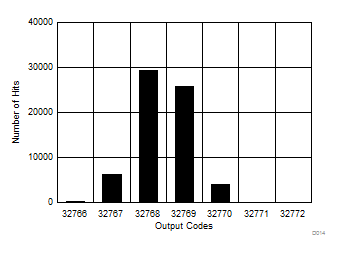
| Mean = 32768.42, sigma = 0.76, input = 3.072 V |
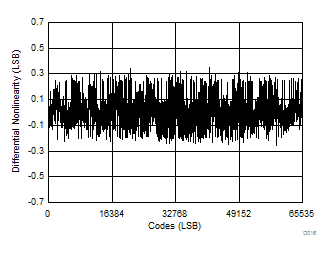 Figure 6-22 Typical DNL for All Codes
Figure 6-22 Typical DNL for All Codes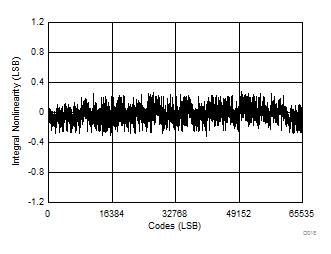 Figure 6-24 Typical INL for All Codes (All Bipolar Ranges)
Figure 6-24 Typical INL for All Codes (All Bipolar Ranges)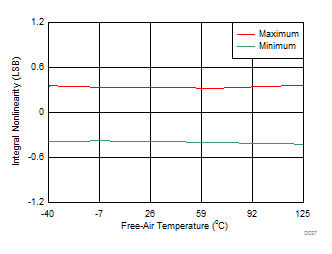 Figure 6-26 INL vs Temperature (All Bipolar Ranges)
Figure 6-26 INL vs Temperature (All Bipolar Ranges)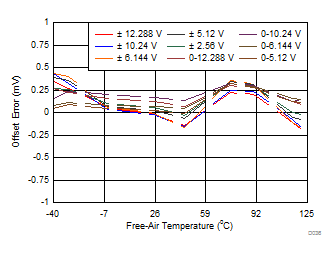 Figure 6-28 Offset Error vs Temperature Across Input Ranges
Figure 6-28 Offset Error vs Temperature Across Input Ranges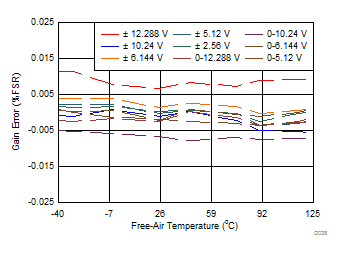 Figure 6-30 Gain Error vs Temperature Across Input Ranges
Figure 6-30 Gain Error vs Temperature Across Input Ranges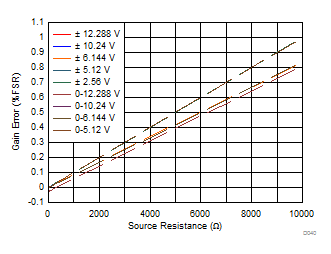 Figure 6-32 Gain Error vs External Resistance (REXT)
Figure 6-32 Gain Error vs External Resistance (REXT)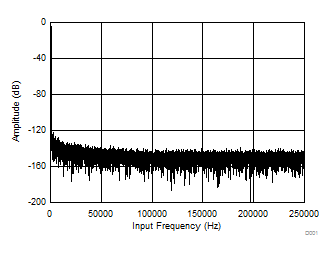
| Number of points = 64k, fIN = 1 kHz |
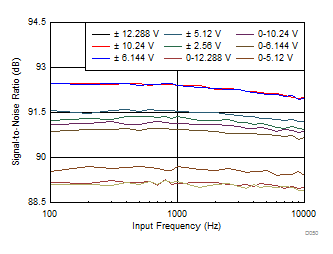 Figure 6-36 SNR vs Input Frequency
Figure 6-36 SNR vs Input Frequency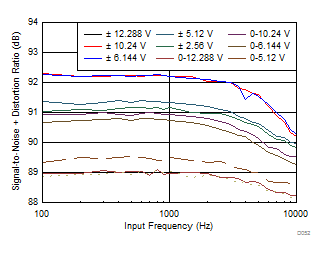 Figure 6-38 SINAD vs Input Frequency
Figure 6-38 SINAD vs Input Frequency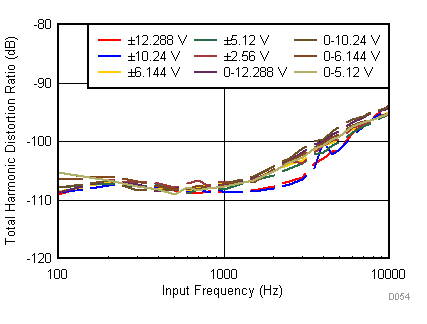 Figure 6-40 THD vs Input Frequency
Figure 6-40 THD vs Input Frequency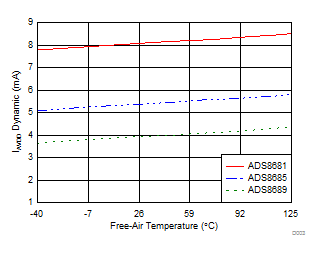 Figure 6-42 AVDD Current vs Temperature
Figure 6-42 AVDD Current vs Temperature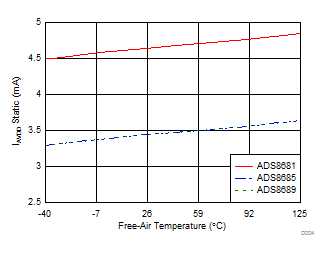 Figure 6-44 AVDD Current vs Temperature (During Sampling)
Figure 6-44 AVDD Current vs Temperature (During Sampling)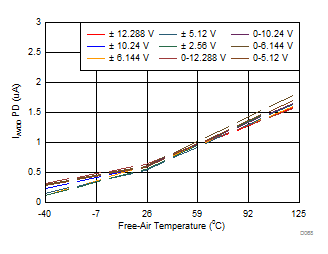 Figure 6-46 AVDD Current vs Temperature (Power-Down Mode)
Figure 6-46 AVDD Current vs Temperature (Power-Down Mode)




































